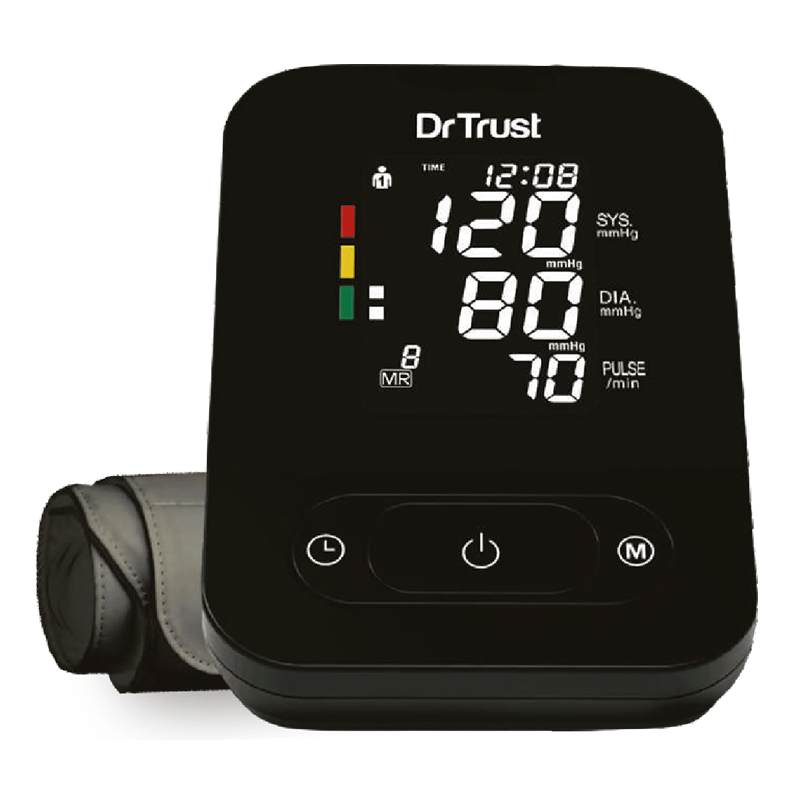In today's modern lifestyle, where many of us spend long hours sitting at desks or hunched over screens, poor posture has become a common problem. Incorrect posture not only affects our physical appearance but also impacts our overall health and well-being.

Risks Of Poor Posture
Some common risks associated with poor posture include back pain, spinal issues, rounded shoulders and a potbelly etc. It can contribute to tension headaches and migraines because the misalignment of the spine and muscle tension in the neck and shoulders can trigger or exacerbate headache symptoms. It can lead to issues like acid reflux, constipation, and slowed digestion etc. Over time, poor posture effects may lead to chronic pain, muscle imbalances, and joint problems such as osteoarthritis. However, the good news is that with some conscious effort and simple adjustments, you can correct your posture. Posture and balance of the body can also be controlled by using varied kind of posture correctors to reap the benefits of better alignment.
Tips To Improve Your Posture
How do you fix posture problems? To ease the risks of poor posture, it is important to practice good posture habits, take regular breaks from prolonged sitting or standing, engage in exercises that strengthen your core muscles and promote proper. Here are ten tips to help you improve your posture and maintain a healthy spine.

1. Be Mindful of Your Alignment
The first step towards correcting your posture is to be aware of your body's alignment throughout the day. Pay attention to how you sit, stand, and move. Maintain a neutral spine position by keeping your shoulders relaxed, chest lifted, and chin parallel to the ground. Regularly check in with your posture and make adjustments as needed.
2. Strengthen Your Core Muscles
A strong core is crucial for maintaining good posture. Engage your abdominal muscles by practicing exercises that target your core, such as planks, bridges, and Pilates. Strengthening your core helps support your spine and improves your overall posture.
3. Stretch and Mobilize
Sitting for prolonged periods can lead to tight muscles and restricted movement. Incorporate regular stretching and mobilization exercises into your routine to counteract the effects of prolonged sitting. Focus on stretches for your chest, shoulders, hips, and hamstrings to improve your overall posture.
4. Practice Proper Sitting Ergonomics
If you have a desk job, ensure that your workspace is ergonomically set up. Adjust your chair height so that your feet are flat on the floor and your knees are at a 90-degree angle.

Sit with your back against the chair, shoulders relaxed, and the computer monitor at eye level. Consider using a supportive chair cushion or an ergonomic chair to maintain proper sitting posture.
5. Stand Tall and Take Breaks
When standing, distribute your body weight evenly on both feet. Avoid locking your knees and slumping your shoulders forward. If you stand for extended periods, take frequent breaks to rest your feet and stretch your muscles. Consider using a standing desk or incorporating a balance board to engage your core and promote better posture.
6. Sleep In A Supportive Position
Your sleeping posture can greatly affect your spinal alignment. Choose a supportive mattress and cervical pillow that maintain the natural curve of your spine and align your head and neck while sleeping.
Avoid sleeping on your stomach as it can strain your neck and back. Opt for sleeping on your back or side with a pillow that provides adequate neck support.
7. Use Ergonomic Back Support
Ensure that your workspace is ergonomically designed. You can incorporate posture supporting back cushion, coccyx pillow and an adjustable chair with proper lumbar support. Also, position your computer screen at eye level.
8. Practice Yoga and Pilates
Yoga and Pilates are excellent practices for improving posture and body awareness. These disciplines focus on strengthening the core, lengthening the spine, and promoting flexibility. Regular participation in yoga or Pilates classes can help you develop better posture habits and alignment.
9. Lift with Proper Form
Whether you're picking up a heavy object or lifting weights at the gym, it's essential to use proper lifting techniques. Bend your knees, engage your core, and lift with your legs rather than your back. Avoid twisting or jerking movements that can strain your spine.

10. Wear Supportive Footwear
The shoes you wear can impact your posture. Opt for footwear that provides proper arch support and cushioning. High heels and flat shoes without support can disrupt your alignment and strain your feet, ankles, and back. Look for shoes with good arch support and a supportive sole to maintain better posture.
Remember that developing good posture habits takes time and consistency. Be patient with yourself and make gradual adjustments and changes in your lifestyle.
Images Source: Freepik
















